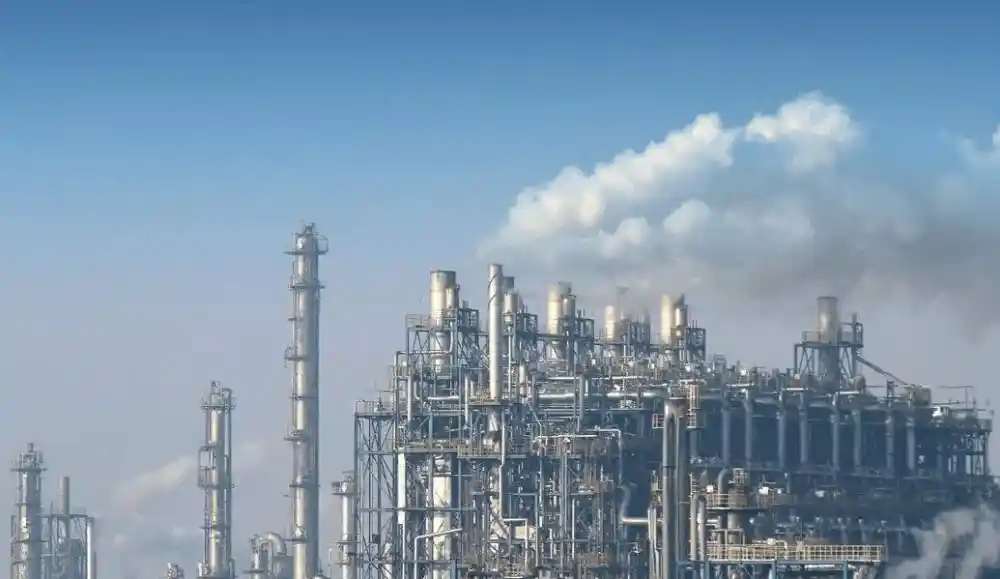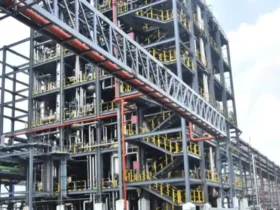
Sustainability has become a cornerstone of innovation in the chemical industry. As global concerns about climate change, pollution, and resource depletion grow, the need for sustainable chemical processing has never been more urgent. Traditional methods of chemical production often involve high energy consumption, hazardous by-products, and heavy reliance on non-renewable resources. Today, companies and researchers are pushing the boundaries to develop eco-friendly alternatives that are not only efficient but also economically viable.
In this article, we explore the future of sustainable chemical processing, examining key trends, technologies, and strategies that are shaping the green transformation of the industry.
1. Green Chemistry Principles
Green chemistry focuses on designing products and processes that minimize environmental impact. Introduced by Paul Anastas and John Warner, the 12 Principles of Green Chemistry serve as a guideline for sustainable chemical innovation. These include using safer solvents, designing energy-efficient processes, and creating biodegradable products.
For example, replacing traditional solvents with water or bio-based alternatives significantly reduces toxicity. Engineers are also designing reactions that generate fewer by-products or eliminate waste altogether through atom economy.
2. Renewable Feedstocks
A major shift in sustainable chemical processing is the use of renewable feedstocks instead of fossil fuels. Biomass, agricultural waste, and algae are being explored as raw materials for producing chemicals, fuels, and plastics. The use of bio-based feedstocks not only reduces dependence on petroleum but also lowers carbon emissions.
Companies like BASF and DuPont are investing heavily in biorefineries, where biomass is converted into value-added chemicals through enzymatic and microbial processes. These innovations pave the way for a circular bioeconomy.
3. Energy Efficiency and Process Intensification
Reducing energy consumption is a key aspect of sustainability. Process intensification involves developing equipment and techniques that make chemical reactions faster and more efficient. This includes using microreactors, combining multiple process steps into one unit, or employing alternative energy sources like microwaves and ultrasound.
Heat integration and advanced heat exchangers are also used to recycle waste heat, lowering the energy demand of chemical plants. Engineers are constantly optimizing unit operations to cut down on energy use and greenhouse gas emissions.
4. Catalysis for Cleaner Reactions
Catalysts play a critical role in improving reaction efficiency and selectivity. Green catalysis involves using non-toxic, recyclable, and abundant materials to drive chemical transformations. Enzymes, for example, are biodegradable and operate under mild conditions, reducing the need for harsh chemicals and high temperatures.
Metal-organic frameworks (MOFs) and heterogeneous catalysts are gaining attention for their ability to be tailored for specific reactions. These innovations allow for cleaner and more sustainable chemical manufacturing.
5. Waste Minimization and Circular Economy
A core goal of sustainable processing is reducing waste generation. This includes designing processes that reuse solvents, recover valuable by-products, and recycle materials. The concept of a circular economy—where waste is treated as a resource—is gaining traction in the chemical industry.
For example, companies are developing closed-loop systems where plastic waste is chemically recycled back into monomers for new products. Such practices not only minimize landfill use but also reduce the demand for virgin raw materials.
6. Digitalization and Smart Manufacturing
The integration of digital technologies is revolutionizing how chemical processes are designed and controlled. Real-time monitoring, AI-driven simulations, and predictive analytics enable engineers to optimize operations with minimal resource use.
Digital twins—virtual replicas of physical systems—allow for advanced modeling of processes, helping engineers to foresee and mitigate inefficiencies. Smart sensors and automation also help in maintaining optimal conditions, reducing human error, and improving energy management.
7. Water and Emissions Management
Water is a critical resource in chemical processing, and sustainable practices aim to minimize water usage and prevent contamination. Techniques such as closed-loop water systems, advanced filtration, and zero liquid discharge (ZLD) technologies are being adopted.
Similarly, emission control is crucial. Capturing and reusing CO2, using scrubbers, and shifting to low-emission energy sources help reduce the environmental footprint of chemical plants.
8. Collaboration and Regulatory Support
Governments and industry leaders are recognizing the importance of collaboration for a greener future. Regulatory frameworks are encouraging companies to adopt sustainable practices through incentives, certifications, and penalties for non-compliance.
Initiatives like REACH (Registration, Evaluation, Authorisation and Restriction of Chemicals) in the EU and the U.S. EPA’s Safer Choice program promote transparency and responsible chemical manufacturing.
9. Education and Workforce Development
Building a sustainable chemical industry requires a skilled workforce trained in green technologies and practices. Universities and technical institutions are incorporating sustainability into chemical engineering curricula, ensuring that the next generation of engineers is equipped to lead the green transformation.
Professional development programs and workshops also play a crucial role in upskilling current professionals to adapt to sustainable innovations.
Conclusion
The future of chemical processing lies in sustainability. From green chemistry principles and renewable feedstocks to digital innovations and regulatory support, the industry is undergoing a profound transformation. Engineers and professionals must stay updated with these trends and actively contribute to building an eco-conscious and economically resilient chemical sector.
Embracing sustainable chemical processing is not just a moral obligation—it’s a smart business strategy. As the world moves toward a greener future, those who innovate responsibly will lead the way in shaping a better tomorrow.








Leave a Reply